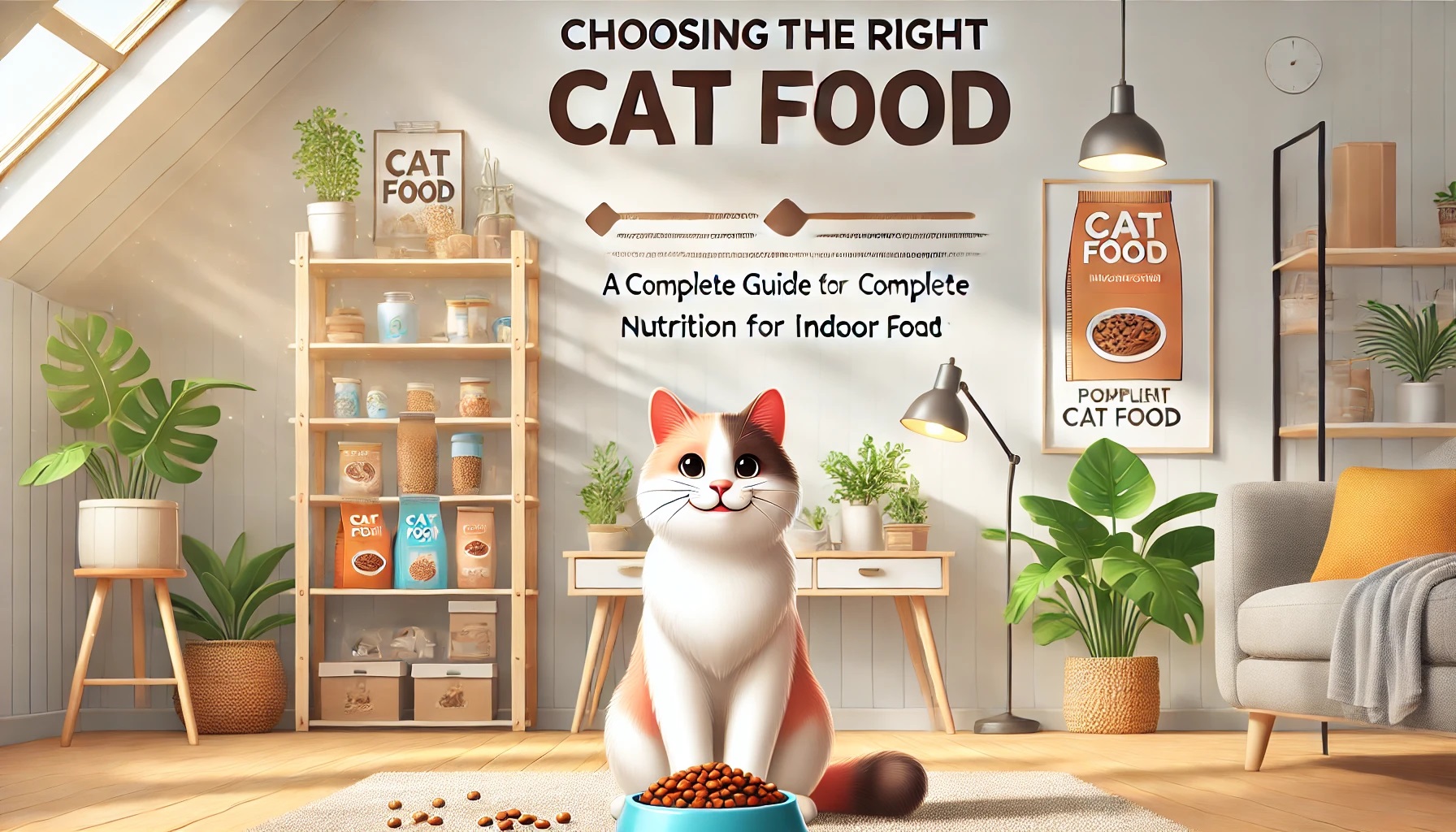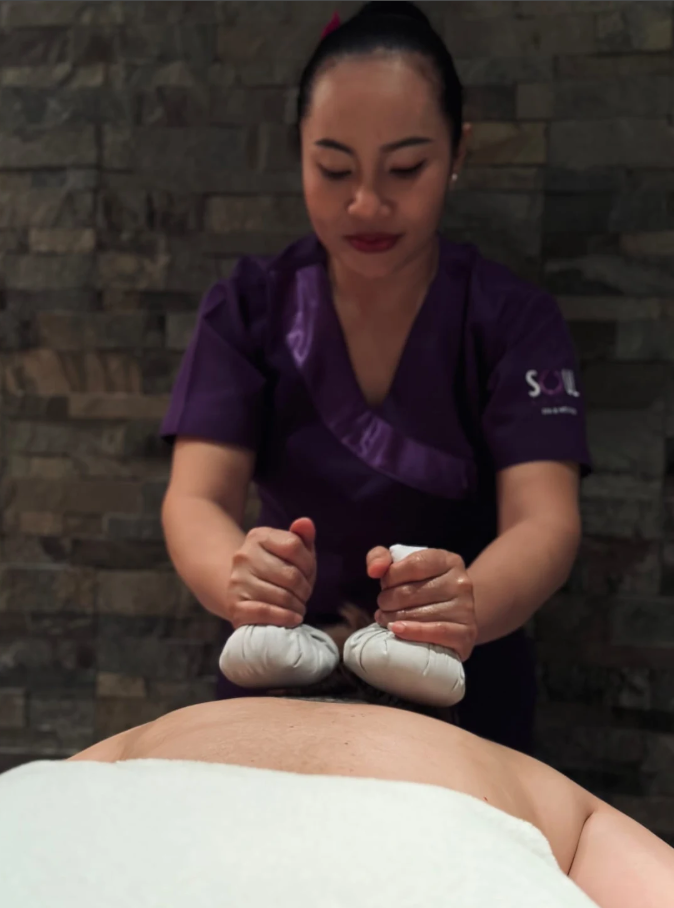Indoor cats lead a different lifestyle than their outdoor counterparts. Less physical activity, limited environmental stimulation, and increased risk of weight gain mean their dietary needs are unique. As a responsible cat parent, one of the most important decisions you’ll make is choosing the right food to support your feline friend’s health, happiness, and longevity.
Whether you’re new to cat parenting or looking to optimize your cat’s nutrition, this guide offers a deep dive into selecting the best cat food for indoor cats, including dry and wet food options. We’ll explore what to look for in a quality cat food, break down common misconceptions, and recommend practical options for every need.
Why Indoor Cats Have Different Nutritional Needs
Indoor cats typically:
- Get less exercise than outdoor cats
- Spend more time grooming (leading to more hairballs)
- Are more prone to obesity and urinary tract issues
- Need mental stimulation through their diet and activities
As such, they require:
- Fewer calories
- High-quality protein
- Added fiber for hairball control
- Hydration support, especially if they don’t drink much water
Understanding these needs is the first step toward choosing the right food.
Dry vs. Wet Cat Food: Which Is Better for Indoor Cats?
This is one of the most common questions cat owners ask. Both dry and wet food have their pros and cons, and the best choice often depends on your cat’s health, preferences, and your lifestyle.
Dry Cat Food (Kibble)
- Pros: Convenient, longer shelf life, often more affordable
- Cons: Lower moisture content, some options may contain more fillers or carbs
- Best for: Cats who drink enough water and enjoy crunching on food
Wet Cat Food (Canned or Pouch)
- Pros: High moisture content (great for urinary tract health), easier to digest, more palatable
- Cons: More expensive, requires refrigeration after opening
- Best for: Picky eaters, cats with kidney or urinary issues, or those who don’t drink much water
For indoor cats, especially those prone to urinary tract problems or dehydration, wet cat food is often a better choice. That brings us to our next topic…
What Is the Best Wet Cat Food for Indoor Cats?
If you’re specifically looking for the best wet cat food for indoor cats, consider these factors:
- High-quality protein sources (like chicken, turkey, or salmon)
- Grain-free or limited-grain recipes, if your cat is sensitive
- Low carbohydrates, to prevent weight gain
- Moisture-rich formulas with at least 75% water content
- No artificial preservatives or fillers
Top Picks for Best Wet Cat Food for Indoor Cats
- Hill’s Science Diet Adult Indoor Wet Cat Food
- Tailored for indoor cats, supports digestion and healthy weight
- Royal Canin Indoor Adult Wet Cat Food
- Promotes coat health and odor reduction
- Wellness CORE Grain-Free Indoor Wet Cat Food
- High in protein and rich in nutrients
- Purina Pro Plan Indoor Care Wet Cat Food
- Good balance of taste, nutrition, and affordability
These options deliver a balanced meal that keeps your indoor cat hydrated and energized.
What to Look for in the Best Cat Food for Indoor Cats
Whether you go with dry or wet food (or a mix of both), the best cat food for indoor cats should meet certain criteria:
1. Protein-Rich
Cats are obligate carnivores, which means they require meat to thrive. Look for food where real meat is the first ingredient.
2. Controlled Calories
Because indoor cats burn fewer calories, managing their weight is essential. Choose food specifically formulated for indoor or less active cats.
3. Hairball Control
Indoor cats groom themselves more and are prone to hairballs. Fiber-rich formulas can help reduce hairball formation.
4. Digestibility
High-quality ingredients mean easier digestion and smaller, less smelly litter box deposits.
5. Added Vitamins and Minerals
Look for essential nutrients like:
- Taurine (for heart and eye health)
- Omega-3 & 6 fatty acids (for skin and coat)
- L-Carnitine (for fat metabolism)
Homemade vs. Commercial Cat Food: What’s Better?
Some pet parents opt for homemade cat food, believing it’s healthier and free of preservatives. While that can be true, preparing a truly nutritionally balanced homemade diet is challenging and requires veterinary guidance.
Commercial cat foods (especially vet-recommended brands) are formulated to meet AAFCO guidelines and provide complete nutrition. If you go the homemade route, consider supplementing with a vet-approved multivitamin.
Feeding Tips for Indoor Cats
Here are some best practices to help your indoor cat stay healthy and happy:
- Portion control: Avoid free-feeding. Stick to scheduled mealtimes.
- Monitor weight: Weigh your cat monthly to ensure they’re maintaining a healthy size.
- Encourage hydration: Provide fresh water daily or use a cat water fountain.
- Add enrichment: Use puzzle feeders or treat-dispensing toys to stimulate your cat mentally.
- Combine wet and dry food: This helps balance convenience with hydration.
Transitioning to a New Cat Food
Switching your cat’s food too quickly can cause digestive upset. Here’s how to do it safely:
- Days 1-2: Mix 75% old food with 25% new food
- Days 3-4: 50/50 mix
- Days 5-6: 25% old food, 75% new food
- Day 7: 100% new food
Watch for signs of allergies or digestive issues (vomiting, diarrhea, excessive itching) and consult your vet if problems persist.
Final Thoughts
Feeding your indoor cat a balanced, nutrient-rich diet is one of the best things you can do for their overall health and quality of life. Whether you choose dry, wet, or a combination of both, always prioritize high-quality ingredients and formulas tailored for indoor cats.
With a little research and attention to detail, you’ll find the best cat food for indoor cats—supporting their energy levels, weight, coat condition, and longevity. And if your feline friend prefers moist meals, don’t overlook the importance of choosing the best wet cat food for indoor cats, especially for hydration and urinary health.
FAQs About Cat Food for Indoor Cats
1. Can I feed my indoor cat only wet food?
Yes! Many indoor cats thrive on a wet food-only diet, especially those prone to urinary issues or dehydration. Just ensure it’s complete and balanced.
2. How much should I feed my indoor cat?
It depends on their weight, age, and activity level. Always follow the feeding guide on the food packaging and consult your vet for specific recommendations.
3. What’s the difference between indoor and regular cat food?
Indoor cat food is lower in calories, often contains more fiber to reduce hairballs, and may have ingredients to help manage litter box odor.
4. Should I avoid grain in my cat’s food?
Not necessarily. Some cats tolerate grains well. However, grain-free options are often chosen for cats with allergies or sensitive stomachs.
5. How do I know if my cat food is high-quality?
Look for named animal proteins (like chicken, turkey, or salmon) as the first ingredient, minimal fillers, no artificial preservatives, and compliance with AAFCO standards.














